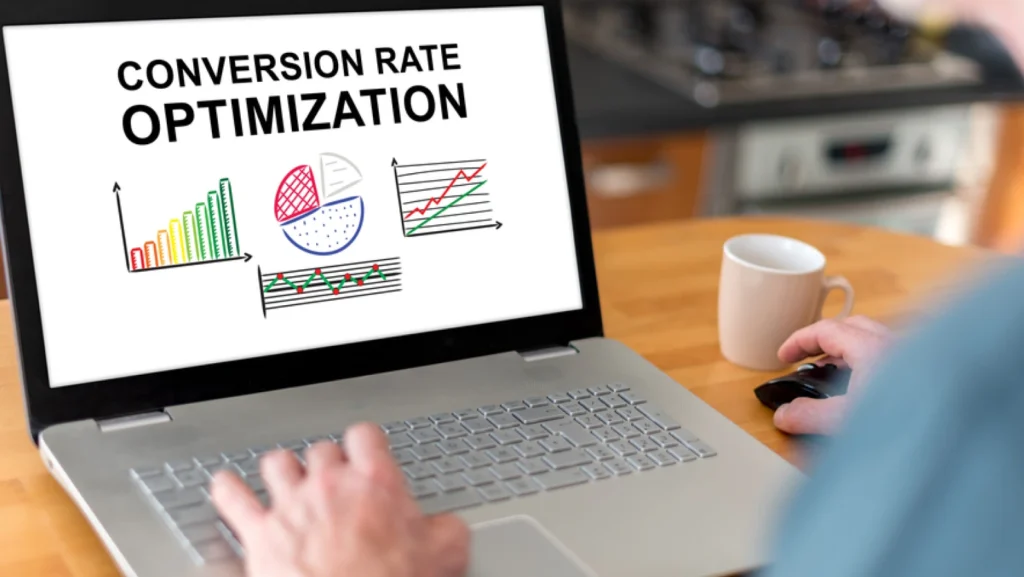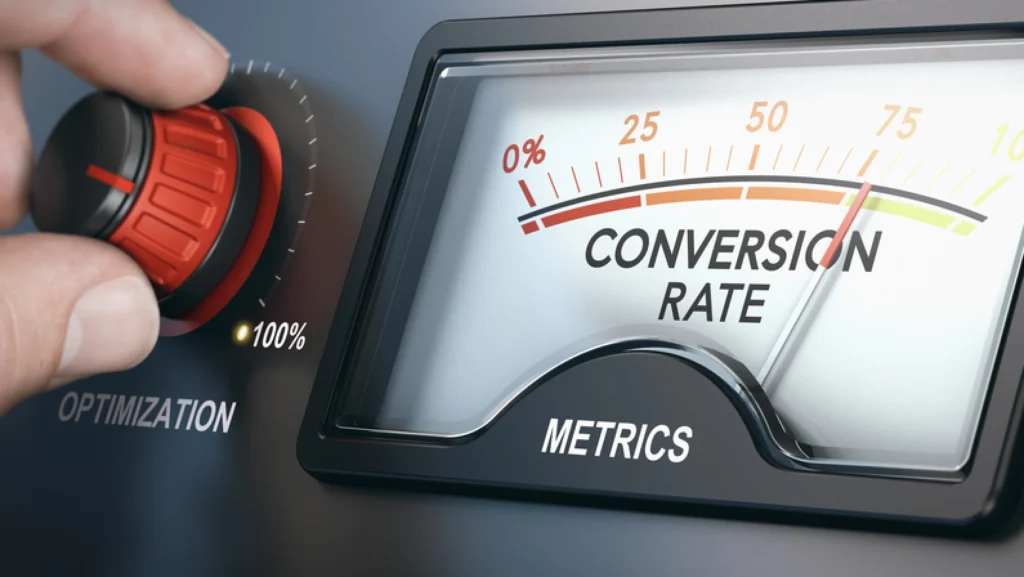Are you losing potential customers? Here’s how to increase your website conversion rates. Driving traffic to your website is just the first step. The real challenge is turning those visitors into paying customers. If your site isn’t optimized for conversions, you’re likely missing out on sales opportunities.
So, how do you increase website conversion rates? From optimizing page speed to leveraging social proof, here are 15 powerful strategies to improve conversion rates and grow your business.
1. Improve Website Loading Speed

A slow-loading website can frustrate visitors and drive them away before they even see your content. Studies show that a one-second delay in page load time can decrease conversions by 7%.
To improve conversion rates, focus on speeding up your site. Compress images, leverage browser caching, and use a reliable hosting provider. Tools like Google PageSpeed Insights can help identify areas for improvement.
To improve loading speed:
- Use a Content Delivery Network (CDN)
- Optimize Images and Media
- Minimize HTTP Requests
- Enable Browser Caching
- Use Faster Hosting
2. Use Clear and Compelling Calls-to-Action (CTAs)
Your CTAs are the gateway to conversions. If they’re vague or hard to find, users won’t know what to do next. Make your CTAs stand out with actionable language like “Get Started Now” or “Claim Your Free Trial.” Use contrasting colors to make them pop and place them strategically on your website to guide users toward the desired action.
A well-designed CTA can significantly increase sales conversion rates. For example, instead of a generic “Submit” button, try something more enticing like “Get My Free Quote Today!” Small changes like this can make a big difference.
How to create effective CTAs:
- Use Strong Action Words (Instead of “Click Here,” opt for phrases like “Get Your Free Quote” or “Start Saving Today.”)
- Make CTAs Visually Distinct (Use contrasting colors and bold fonts to draw attention.)
- Place CTAs Strategically (Ensure CTAs are above the fold, in blog posts, and at the end of product descriptions.)
- Personalize CTAs
- A/B Test CTAs (Experiment with different wording, colors, and placements)
3. Optimize Landing Pages for Conversions
Your landing pages are where the magic happens. They’re designed to capture leads and drive sales, so they need to be focused, visually appealing, and aligned with your marketing campaigns.
Start with a persuasive headline that grabs attention. Use engaging visuals, such as high-quality images or videos, to showcase your product or service. Most importantly, include a clear value proposition—what’s in it for the user? A well-optimized landing page can dramatically improve conversion rates.
Best practices for high-converting landing pages include:
- Remove distractions and ensure every element supports the primary goal.
- Craft a Strong Headline
- Use Persuasive Copy
- Include Trust Signals (testimonials, case studies, security badges, etc.)
- Optimize the Form (less required fields)
- Test Different Layouts (and do A/B testing)
4. Simplify Website Navigation
Ever visited a website and felt lost? A cluttered or confusing website can frustrate users and lead to high bounce rates. Simplify navigation by organizing content logically and using intuitive menus.
For example, use dropdown menus to categorize products or services, and include a search bar for easy access. A seamless user experience is key to boosting conversions. After all, if users can’t find what they’re looking for, they’re likely to leave.
- Use a Clear and Logical Menu Structure
- Implement Sticky Navigation
- Add a Search Bar
5. Enhance Mobile Responsiveness

With over half of web traffic coming from mobile devices, a mobile-friendly website is non-negotiable. If your site isn’t fully responsive, you’re missing out on a huge chunk of potential customers.
Ensure your site functions flawlessly on all screen sizes, from smartphones to tablets. Buttons should be easy to tap, text should be readable without zooming, and images should load quickly. This is one of the most effective conversion tips for reaching a broader audience.
To improve mobile responsiveness:
- Use a Mobile-Friendly Design
- Optimize for Touchscreens
- Speed Up Mobile Load Times (minimize pop-ups and use compressed images)
- Test Across Devices
6. Implement A/B Testing on Key Elements
What works for one audience might not work for another. Try A/B testing. This process allows you to experiment with different versions of your website to see what resonates best with your audience.
Test elements like headlines, CTAs, images, and layouts. For example, does a green “Buy Now” button perform better than a red one? Does a shorter form lead to more sign-ups? A/B testing provides data-driven insights that are crucial for improving conversion rates.
7. Leverage Social Proof (Reviews, Testimonials, Case Studies)
Let’s face it—people trust other people more than they trust brands. Social proof, such as customer reviews, testimonials, and case studies, builds trust and credibility.
Display these elements prominently on your website. For example, include a “What Our Customers Are Saying” section or showcase a case study that highlights how your product solved a specific problem. Highlighting positive experiences can reassure potential customers and increase sales conversion rates.
To use social proof:
- Display Customer Reviews
- Showcase Testimonials
- Highlight Case Studies
- Use Trust Badges (certifications, security badges, awards, etc.)
8. Use Exit-Intent Popups to Capture Abandoning Visitors
It happens to the best of us—someone visits your site, browses around, and then leaves without converting. But what if you could re-engage them before they go?
Exit-intent popups are designed to do just that. When a user is about to leave your site, a popup appears offering a discount, free resource, or newsletter sign-up. This tactic is highly effective for boosting conversions, especially when the offer is compelling.
Here’s how you can use exit-intent popups effectively:
- Offer Discounts or Freebies
- Provide Content Upgrades (like a free ebook or webinar in exchange for an email address)
- Keep It Short and Engaging
9. Optimize Website Copy for Clarity and Persuasion

Your website copy should be clear, concise, and persuasive. Avoid jargon and focus on addressing customer pain points. For example, instead of saying, “Our software is feature-rich,” say, “Our software saves you 10 hours a week by automating repetitive tasks.”
To optimize website copy:
- Write in a Conversational Tone
- Highlight Benefits Over Features
- Use Bullet Points and Subheadings
Well-crafted copy is essential for improving conversion rates. If you’re not confident in your writing skills, consider hiring a professional copywriter to help.
10. Personalize User Experience with Dynamic Content
Personalization can make users feel valued and understood. Use dynamic content to tailor recommendations, offers, and messages based on user behavior.
For example, if a user frequently visits your blog, you could show them related articles or products. If they’ve abandoned their cart, you could send a personalized email with a discount code. This approach can significantly increase website conversion rates.
11. Offer Multiple and Seamless Payment Options
A complicated checkout process can lead to cart abandonment. Offer multiple payment options, such as credit cards, PayPal, and digital wallets, to cater to different preferences.
Streamlining the payment process is a proven way to boost conversions. For example, allow users to save their payment information for future purchases or offer a guest checkout option.
12. Reduce Form Fields in Sign-Up and Checkout Processes
Long forms can deter users from completing their purchase or signing up. Minimize the number of required fields to make the process quick and easy.
For example, instead of asking for a user’s full address during sign-up, just ask for their email address. Simplifying forms is one of the most effective conversion tips for increasing sales conversion rates.
13. Utilize Retargeting Ads to Re-Engage Visitors
Retargeting ads allow you to reach users who have previously visited your site but didn’t convert. By reminding them of your products or services, you can bring them back and improve conversion rates.
For example, if a user viewed a specific product but didn’t purchase it, you could show them an ad featuring that product along with a special discount. Retargeting is a powerful way to stay top-of-mind.
14. Add Live Chat or AI Chatbots for Instant Assistance
Live chat and AI chatbots provide instant support to users, answering questions and resolving issues in real-time. This can reduce friction and increase sales conversion rates.
For example, if a user is unsure about which product to choose, a chatbot can guide them through the options. For a custom AI chatbot solution, check out LeadOrigin’s AI Chatbot Services.
15. Ensure Strong Security Measures and Trust Signals
Security is a top concern for online shoppers. Display trust signals like SSL certificates, secure payment icons, and privacy policies to reassure users.
For example, include a “Secure Checkout” badge on your payment page or display logos of trusted payment providers. A secure website is essential for boosting conversions.
Upgrade Your Conversion Strategy with a Boston Digital Marketing Company
Learning how to increase conversion rates is a continuous process that requires attention to detail and a deep understanding of your audience. Try implementing these 15 strategies—from improving website speed to leveraging social proof—and you can significantly improve conversion rates and grow your business.
If you’re looking for expert assistance, consider partnering with a Boston digital marketing company like LeadOrigin. Specializing in small business website development, LeadOrigin offers a range of services, including SEO, paid advertising, and social media marketing, to help you achieve your goals. Visit LeadOrigin today to learn more about how they can help you boost conversions and drive success.






